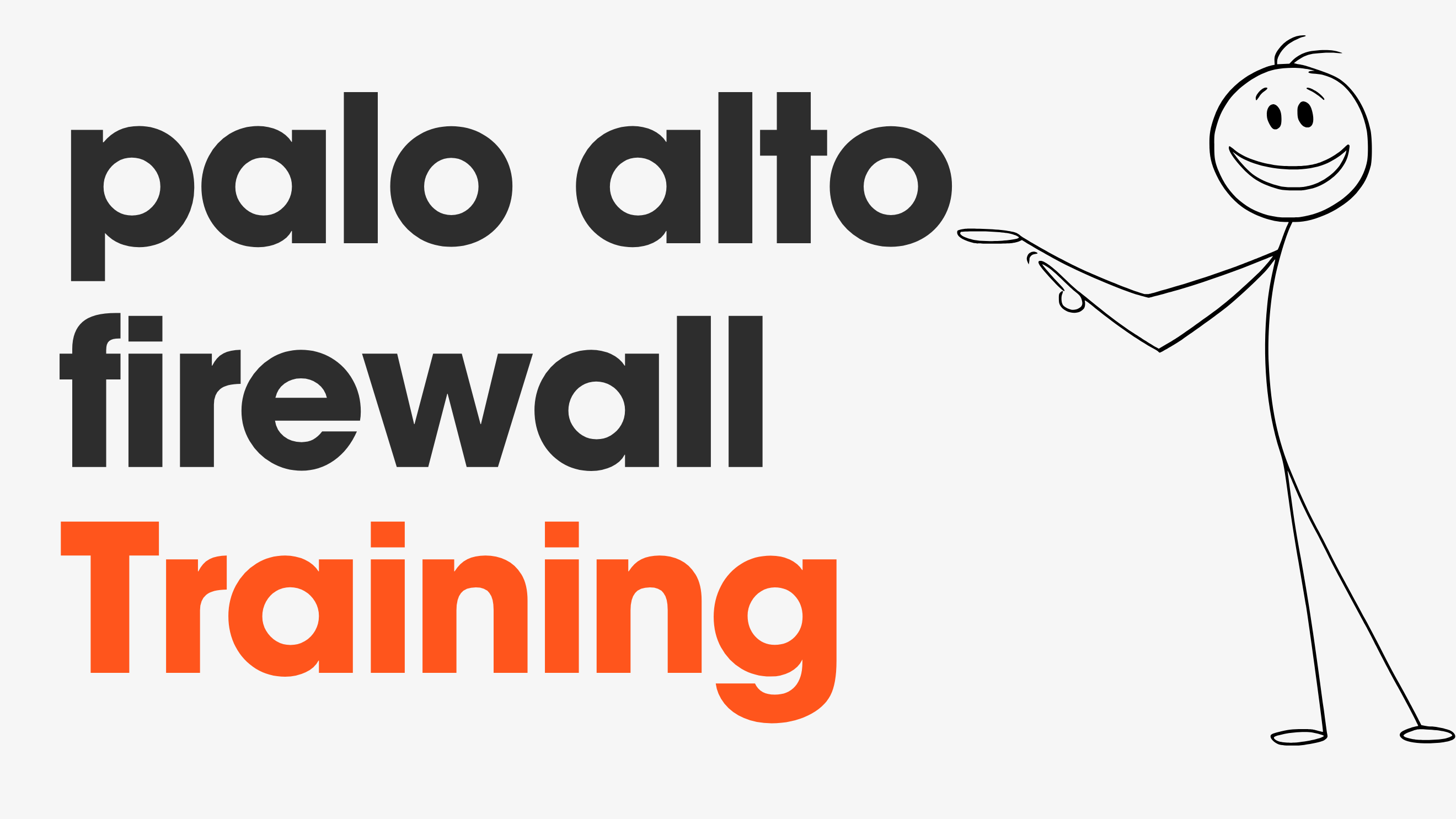Ah, Zero Trust. The magical cybersecurity 'thing' that everyone talks about but seems as hard to decipher as finding a needle in a haystack. If you've landed on this post, you're probably just as baffled as I was when I first started looking into it. With so many definitions, marketing buzzwords, and vendors offering their own spin on the concept, it's a wonder we haven't started calling it "Zero Clarity" instead.
So, why am I writing this article when there are already hundreds out there? Simple. I've been in your shoes, and I know how frustrating it can be to make sense of this whole Zero Trust 'thing'. My goal here is to cut through the noise and simplify the meaning of Zero Trust.
Simplifying the Meaning of Zero Trust
Let's start by pretending you're 15 years old (or, if you actually are 15, congratulations on your excellent taste in blog posts). Imagine you're throwing a house party, and you've invited all your friends. To make sure only the right people get in, you give each guest a secret code, that's called trust. However, things can go wrong, and uninvited guests might learn the code. To avoid this, you decide not to trust anyone – not even your best friend. You'll verify each guest, one at a time, every single time. That, my friend, is the concept of Zero Trust.
In the world of cybersecurity, Zero Trust is a strategy that assumes every access request, whether it comes from inside or outside the network, could be a potential threat. It eliminates the idea of "trusted" and "untrusted" actors, opting instead to verify every request before granting access to resources.
Vendor's Definition
Palo Alto defines Zero Trust as:
Zero Trust is a strategic approach to cybersecurity that secures an organization by eliminating implicit trust and continuously validating every stage of a digital interaction. Rooted in the principle of “never trust, always verify,” Zero Trust is designed to protect modern environments and enable digital transformation by using strong authentication methods, leveraging network segmentation, preventing lateral movement, providing Layer 7 threat prevention, and simplifying granular, “least access” policies.
Cisco defines Zero Trust as:
A zero-trust networking is based on a security model that establishes trust through continuous authentication and monitoring of each network access attempt. It's different from the traditional model of assuming everything in a corporate network can be trusted.
The Benefits of Zero Trust
Now that we've simplified what Zero Trust is, let's take a look at the benefits it brings to the table.
- Better security - By verifying every access request, Zero Trust reduces the chances of unauthorized access, data breaches, and cyber-attacks.
- No free passes for insiders - Even people who work for you have to prove they're allowed to access stuff.
- Know what's going on - With Zero Trust, you can see who's doing what in your system, giving you better control over who gets to see and use sensitive information.
- Adaptable security - As new threats and technologies emerge, Zero Trust can be adapted to provide continuous protection and keep up with evolving security requirements.
Achieving Zero Trust means making sure you know three important things: who the user is, what device they're using, and what they want to access. You can use tools like Palo Alto's User-ID to verify who the user is and Device-ID to verify what device they are connecting from.
Embracing Zero Trust is like building a fortress around your digital kingdom, ensuring that every entry point is carefully guarded and monitored. It's a fundamental shift in the way we approach cybersecurity, moving from a traditional "trust but verify" mindset to a proactive "never trust, always verify" strategy.
By implementing Zero Trust, organizations can create an extra layer of defence that helps protect valuable assets, reduce risk, and maintain a strong security posture. As cyber threats continue to evolve and become more sophisticated, adopting a Zero Trust model can give you the peace of mind and confidence to navigate the treacherous digital landscape, knowing that your precious data and systems are safe and secure.
Strategies to Achieve Zero Trust
As we've explained previously, Zero Trust is a security model that assumes that all devices, users, and applications operating inside a network should not be trusted, even if they are already within the network perimeter. Instead, the Zero Trust model requires that all entities be verified and authenticated before access to network resources is granted.
As a network engineer, here are some steps you can take to implement a Zero Trust model within your enterprise:
- Identify and Map all network resources: Create a comprehensive inventory of all network resources that include servers, databases, applications, and user endpoints. This will help you understand the potential attack surface and the scope of the Zero Trust model.
- Establish granular access controls: Assign access permissions based on the principle of least privilege. Only grant access to resources that are required for a user's job function.
- Monitor network traffic: Deploy network monitoring tools to detect anomalous behaviour and suspicious traffic patterns. Network traffic analysis can help detect and prevent malicious activity.
Conclusion
So there you have it – a simplified, buzzword-free explanation of Zero Trust, its benefits, and why achieving 100% Zero Trust can be challenging. While it's not a magical cybersecurity unicorn, it is an important and effective approach to securing your organization's digital assets.
As you embark on your Zero Trust journey, don't let the challenges dissuade you. With the right mindset, technology, and support, you can implement a Zero Trust model that makes your organization's data and systems more secure than ever before.
In the end, we can all agree that when it comes to Network Security, it's better to trust no one and verify everyone – just like at that imaginary house party of yours. Stay vigilant, stay informed, and let's make the internet a safer place together.
References
https://www.paloaltonetworks.com/cyberpedia/what-is-a-zero-trust-architecture
https://www.cisco.com/c/en/us/solutions/automation/what-is-zero-trust-networking.html






